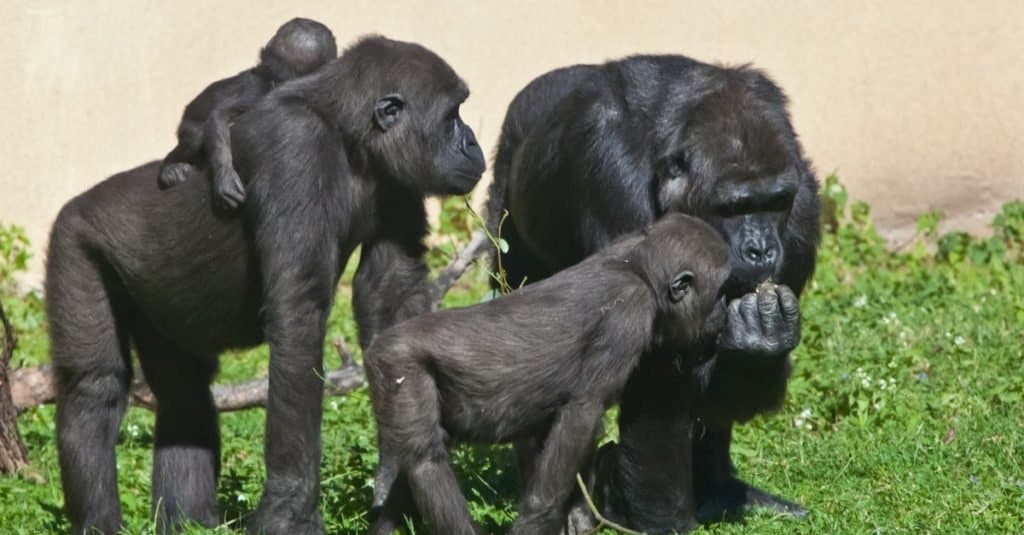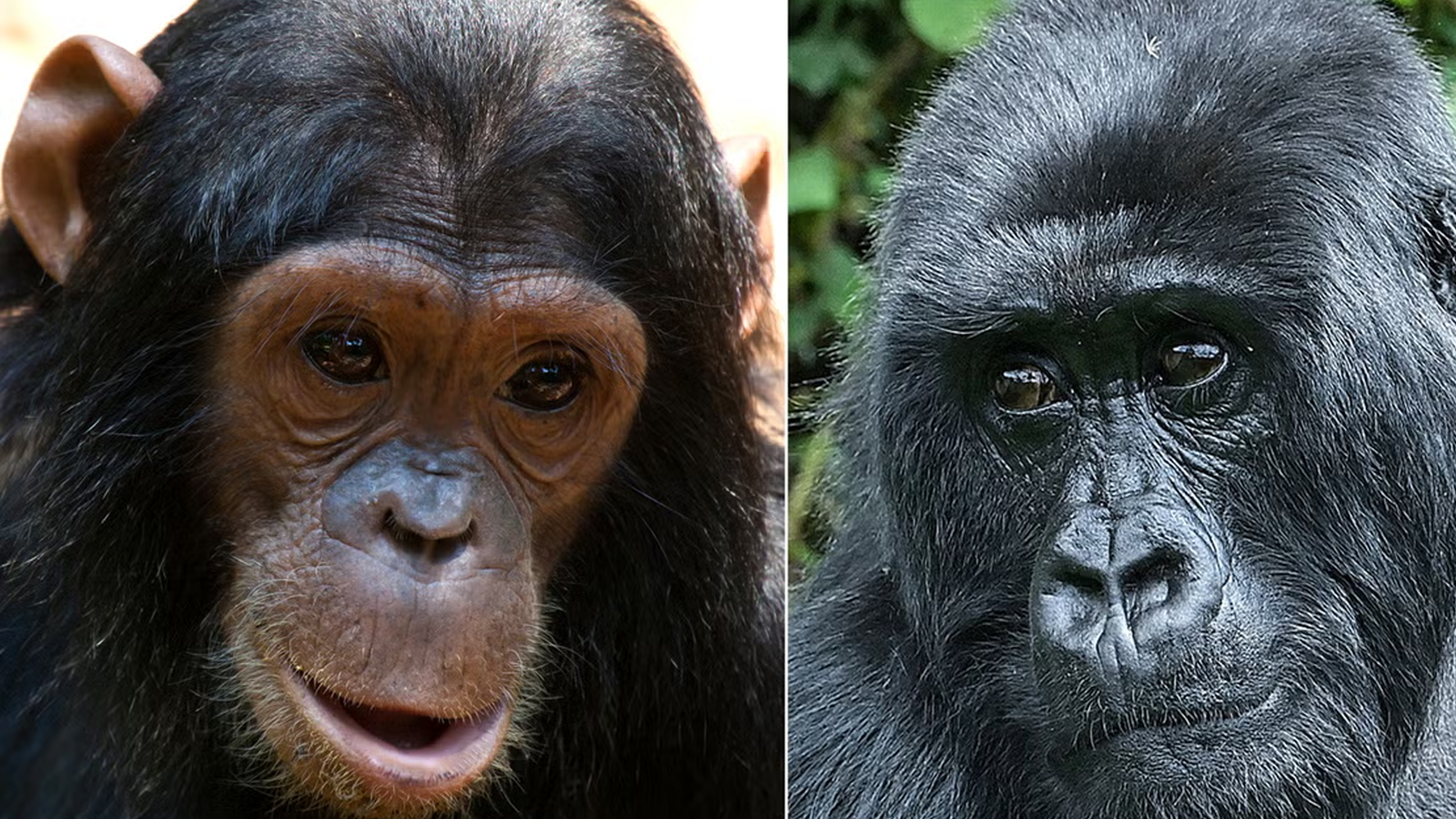The Main Difference Between Gorillas and Chimpanzees
Gorillas and chimpanzees are two of the most fascinating primates in the world. While they belong to the great ape family, they have distinct differences in appearance, behavior, habitat, and social structure. Understanding these differences is essential for wildlife enthusiasts, researchers, and conservationists alike.1. Physical Differences
Gorillas are the largest primates, with males weighing between 300–500 pounds and standing up to 5.6 feet tall when upright. They have a robust build, muscular arms, and broad chests. Their faces are darker, with prominent brows and large nostrils. In contrast, chimpanzees are much smaller, averaging between 70–130 pounds and standing about 3–4 feet tall. They have leaner bodies, longer limbs, and a lighter face with expressive features.
They have a robust build, muscular arms, and broad chests. Their faces are darker, with prominent brows and large nostrils. In contrast, chimpanzees are much smaller, averaging between 70–130 pounds and standing about 3–4 feet tall. They have leaner bodies, longer limbs, and a lighter face with expressive features.
2. Behavior and Social Structure
Gorillas live in stable family groups led by a dominant silverback male who protects the troop. They are generally gentle, and shy, and prefer a peaceful existence. On the other hand, chimpanzees are highly social and aggressive. They live in large, dynamic communities where males establish dominance through alliances and displays of power. Chimps are also known for their tool use, making and using sticks to extract termites and leaves for drinking water.3. Diet and Feeding Habits
 Both gorillas and chimpanzees are primarily herbivorous, but their diets vary. Gorillas mainly eat leaves, stems, fruit, and bamboo, while chimpanzees have a more diverse diet, including fruits, nuts, seeds, and occasionally meat. Chimps have been observed hunting small mammals and even other primates, which is a key behavioral distinction from gorillas.
Both gorillas and chimpanzees are primarily herbivorous, but their diets vary. Gorillas mainly eat leaves, stems, fruit, and bamboo, while chimpanzees have a more diverse diet, including fruits, nuts, seeds, and occasionally meat. Chimps have been observed hunting small mammals and even other primates, which is a key behavioral distinction from gorillas.



